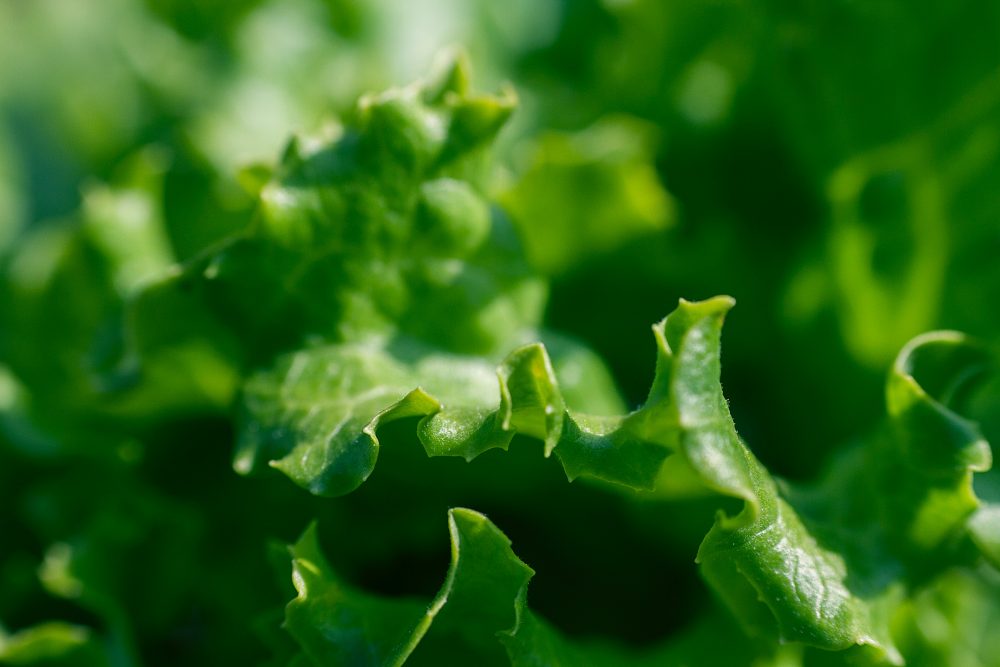How to Prepare Leafy Greens

Raw Greens
The most popular raw greens include lettuces, cabbages (shredded, in slaw), and sharp salad greens like arugula and mizuna. Serve them in salads, add them to sandwiches, or as toppings on main dishes and grains. You can tenderize stemmed and chopped collards and kale by massaging the leaves with avocado before tossing with other salad ingredients. Arugula also makes a delicious, peppery pesto. Because collard greens hold together well, they make an excellent wrap material if you want to avoid processed wraps made with flour.
Green Smoothies
One easy way to consume lots of raw greens like kale, spinach, and arugula — and even herbs like parsley, cilantro, and lovage — is to blend them into green smoothies. You can use fresh or frozen greens for smoothies. The trick to great smoothies is to add just enough fruit to make it sweet (and if you’re feeding kids or picky eaters, to mask the taste of the greens).
Chips
You can also make kale chips, which might be considered raw by purists, depending on how you dehydrate them. Wash, de-rib, and massage the kale with some seasonings, and dry away! You can use a dedicated dehydrator, or just warm them on baking trays in the oven for a couple of hours.
Dips
Raw greens like spinach and kale also make great dip ingredients. You can add them to a food processor or blender when making hummus and non-dairy “cheeze” spreads.
Cooked Greens
You can also cook your greens. Asian greens, along with all the cabbages, work well in stews, soups, and stir-fries.
Boiling or Steaming
You can also boil or steam your greens. If you aren’t going to use the water you cooked them in, steaming is better than boiling because more nutrients remain in the greens instead of leaching out into the water. Steamed greens may seem bland, but they can be a wonderful part of a macrobiotic-inspired plate, served with a grain, some legumes, tofu or tempeh, and covered in a piquant ginger sauce. The best time to boil greens is if you’re going to make them into soup, which enables you to drink the nutrients that end up in the water.
Baking, Roasting, or Grilling
Because head cabbages hold together well even after you slice them, they work well when cut into pieces of equal size and then baked, roasted, or grilled. The longer they cook, the sweeter and more tender they become.
Stir-Frying
Stir-frying can be a tasty way to prepare greens that even picky eaters will enjoy, and it can be healthy, too, as long as you don’t smother your veggies in overheated oil. The healthiest way to stir-fry greens (and other veggies, for that matter) is to omit the oil entirely. To stir-fry oil-free, you can use water, broth, soy sauce, or liquid soy or coconut aminos to keep the veggies from sticking to the pan and burning. Stir constantly (as Martin Yan, the chef on Yan Can Cook reminds us, “It’s stir-fry, not stare-fry!”), and don’t overheat the pan. A pro trick is to cook some onions first in a dry pan, and add liquid just when they start to caramelize and brown. The sugars from the onion will make for a rich, flavorful sauce even before you add a “real” sauce to the leafy greens dish.
Fermented Greens
Another great way to enjoy greens is to ferment them. You can make sauerkraut and kimchi from head cabbages, as well as leafy brassicas like bok choy and napa cabbage. For our article on the stunning health benefits of fermented foods.
(Excerpt from The Food Revolution Network)
